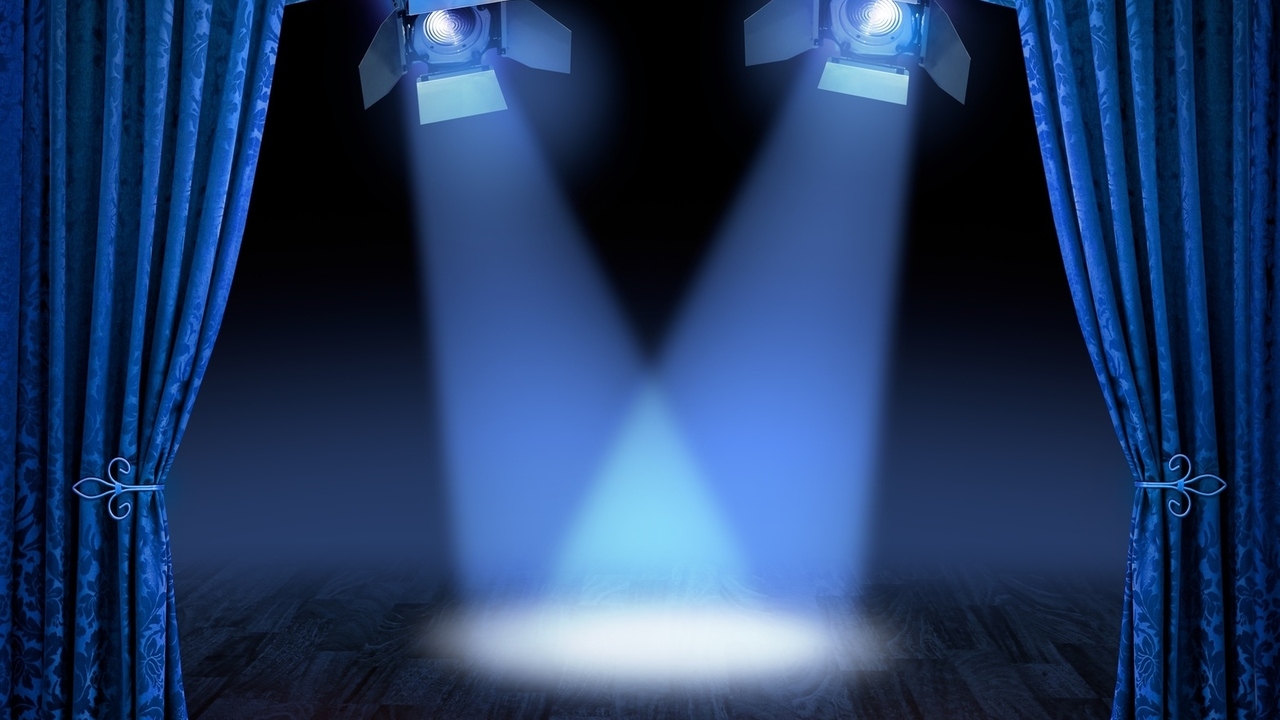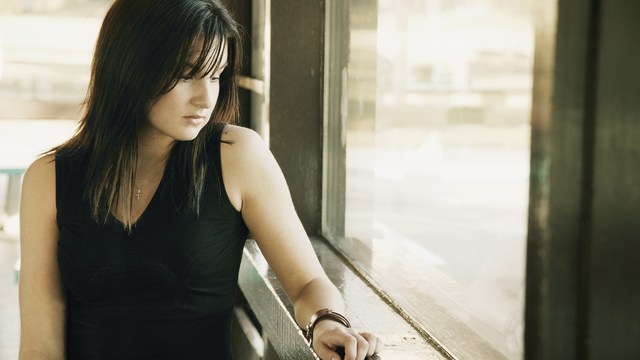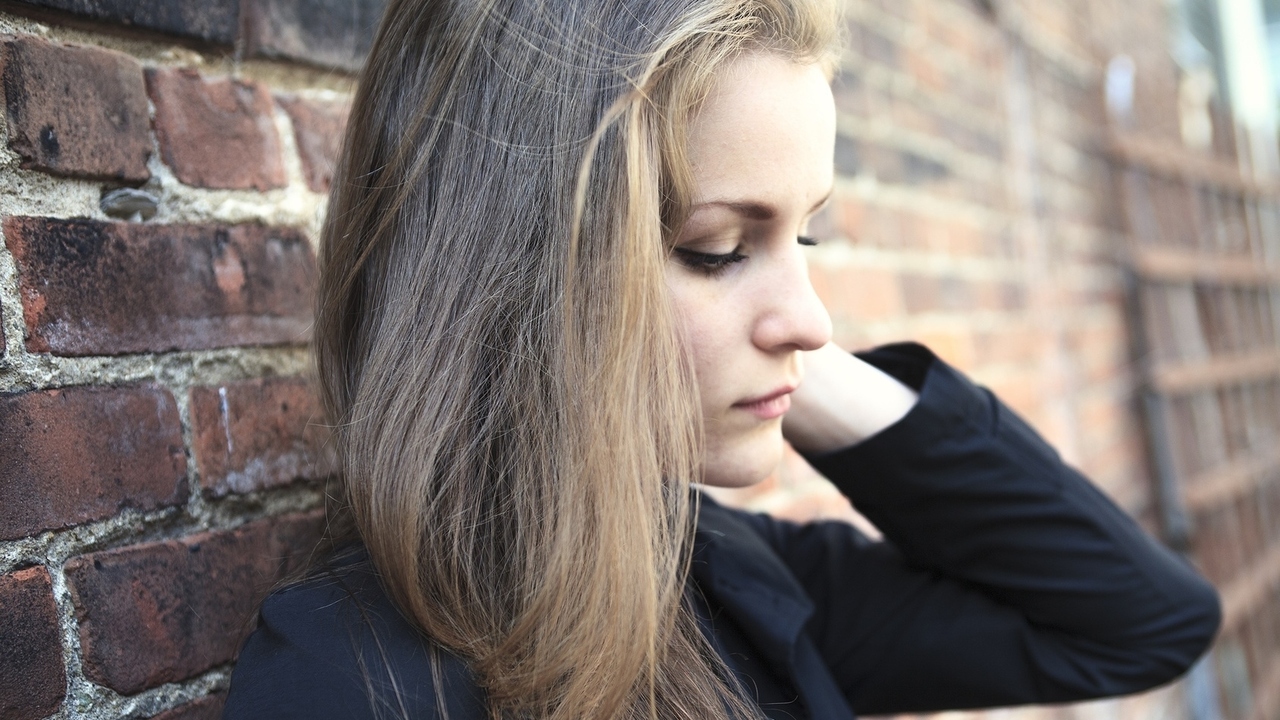 Anterovium/Fotolia
Anterovium/Fotolia
Bipolar disorder is a condition where a person has periods of extreme highs and lows, along with changes in their behavior and thinking. The person shifts between feeling excited and confident or exhibiting manic behavior, to being sad or depressed. They can also have periods of feeling relatively normal.
According to WebMD, “most people with bipolar disorder spend more time with depressive symptoms than manic or hypomanic symptoms.”
There are a number of movies out about mental illness. Here are some that focus on bipolar disease.
This documentary is a great opener to explain what it is like to have bipolar disorder, expressed through the stories of four people over a period of three years. Two are on medication, and two are not.
Kristin Davis plays Billie, and Joel Gretsch portrays her husband Rick. Tammy Blanchard plays Billy's sister Elizabeth, known as “Baby," who has bipolar disorder. Louise Fletcher portrays Aunt Will.
It shows them living their lives, engaged in regular activities such as getting ready for work or painting artwork. It also reflects how they feel about hiding the fact that they are bipolar, and the difficulties this has caused in their relationships.
This movie explores the lives of three women, who are connected by the book “Mrs Dalloway,” by Virginia Woolf. Their stories are told by switching back and forth to each of their lives, which are happening during different time periods, but overlap in ways that makes their stories compelling.
Clarissa Vaughan, played by Meryl Streep, is trying to plan a party for her friend who has AIDs. Laura Brown is played by Julianne Moore, who is a pregnant 1950s housewife in an unhappy marriage.
Nicole Kidman portrays Virginia Woolf, the author of “Mrs Dalloway,” who struggles with bipolar disorder. She has had nervous breakdowns in the past, so her husband fears she will do herself harm.
3) Silver Linings Playbook (2012)
This movie was nominated for eight Academy awards. The main character, Pat Solitano, is played by Bradley Cooper. Pat has bipolar disorder and was released from a mental health facility after eight months of treatment, when he moves in with his parents. His father, Patrizio, is played by Robert De Niro and his mother, Dolores, is portrayed by Jacki Weaver.
Pat wants to reconcile with his wife Nikki, played by Brea Bee, who left him after she had an affair. Pat meets a troubled young woman named Tiffany Maxwell, portrayed by Jennifer Lawrence. There is chemistry between them but Pat remains obsessed with finding a way to return to his ex-wife throughout the story.
4) Infinitely Polar Bear (2014)
This family story takes place in the late 1970s. Cameron (Cam) Stuart, played by Mark Ruffalo, is a father with bipolar disorder who has lost his job after having a mental breakdown.
His wife Maggie, played by Zoe Saldana, moves with their two daughters to a rent-controlled apartment, but receives a scholarship to Columbia University to earn her MBA. In order to do this however, she needs her husband to live with the daughters while she is gone, and they all struggle to adjust to these changes.
This movie is about a couple who are both poets with bipolar disorder. Katie Holmes plays Carla. Luke Kirby plays Marco.
They meet in a psychiatric facility and struggle to balance their love and their lives together. The writer-director of this movie, Paul Dalio, also suffers from bipolar disorder.
He stated that he found inspiration for the movie in a book titled “Touched with Fire,” which is about the connection of manic-depression and creativity. The book was written by a psychologist who has studied bipolar disease in depth.
This movie should be out in theaters in February 2016.
Sources:
Bipolar Disorder. WebMD. Retrieved January 24, 2016.
http://www.webmd.com/bipolar-disorder/mental-health-bipolar-disorder
Of Two Minds: New Documentary Film Explores Bipolar Disorder. Psychology Today. Retrieved January 24, 2016.
https://www.psychologytoday.com/blog/in-practice/201208/two-minds-new-do...
The Hours (film). Wikipedia. Retrieved January 24, 2016.
https://en.wikipedia.org/wiki/The_Hours_(film)
Silver Linings Playbook. Wikipedia. Retrieved January 24, 2016.
https://en.wikipedia.org/wiki/Silver_Linings_Playbook
Katie Holmes on Playing a Bipolar Artist in 'Touched With Fire' (Exclusive First Trailer!) Yahoo.com. Retrieved January 24, 2016.
https://www.yahoo.com/movies/s/katie-holmes-on-playing-a-bipolar-artist-...
Michele is an R.N. freelance writer with a special interest in woman’s healthcare and quality of care issues.
Edited by Jody Smith




Add a Comment2 Comments
I'm honestly not completely sure how accurate WebMD is regarding their statement about more depression in bipolar patients across the board. Given there are two major subtypes of bipolar disorder, BPI and BPII, there are different features of both.
BPI tends to have more manic highs and the depressive cycles don't meet diagnostic criteria for MDD-grade despressive episodes. The danger in BPI lies in the manic episodes as it can include reckless behavior such as drug use and unprotected sex with random partners, gambling, excessive frivolous spending, and general dangerous behavior due to the delusions of grandeur and elevated self-esteem. Risk of death due to drug overdose, accident, disease, etc. is the concern with BPI; it can also be with psychotic features.
BPII tends to have more depressive cycles, and BPII patients do not experience manic episodes or have experience psychotic features. Both of these are expressly stated as having never to have happened to be classified as BPII. Rather, they experience a lesser form of mania called hypomania. It's typically less dangerous. It can have similar symptoms, but to a lesser degree; however, the depressive episodes for BPII meet MDD criteria. That is where the danger in BPII lies, as the risk of suicide attempt and potentially completion is much higher.
Being diagnosed BPII myself, I can agree that I have experienced far more depressive cycles than hypomanic, and each person's manic and hypomanic cycles are different. For me, hypomania is fantastic. For others, it's hell. They're irritable, have undesired increased libido, do some frivolous spending but not too terribly excessive, etc.
I've had friends that are BPI and that I've seen manic more often than depressed.
Mixed episodes [these are really, really awful] exist in both BPI and II and consist of both depressive and manic/hypomanic symptoms simultaneously [seriously, I'd take straight depressive over mixed; it's THE worst of the three mood cycling options].
And the period in between mood cycles is known as baseline.
September 19, 2016 - 10:26pmThis Comment
Thank you for your comment. I went back to the original WebMD source to see what they said and they are not differentiating between types of BP disorders so it may just be an overall general statement.
Thank you for further explaining to our readers the differences in bipolar disorders.
take care,
Michele
September 20, 2016 - 9:17amThis Comment